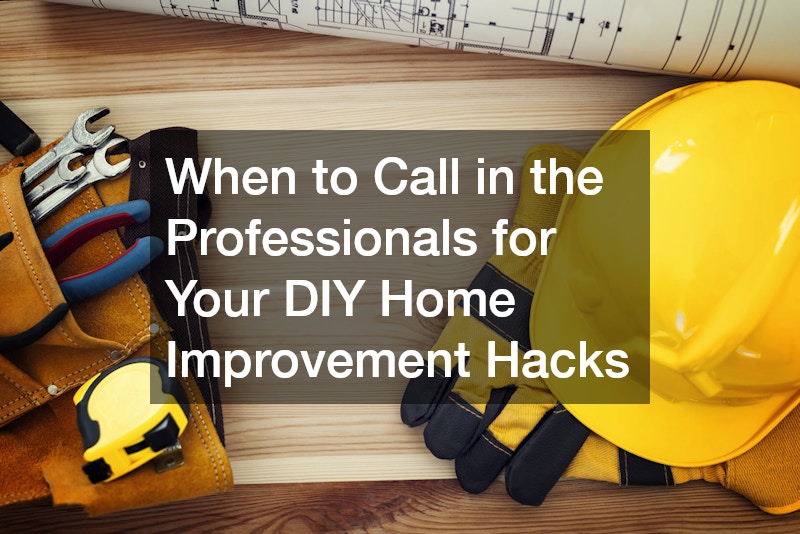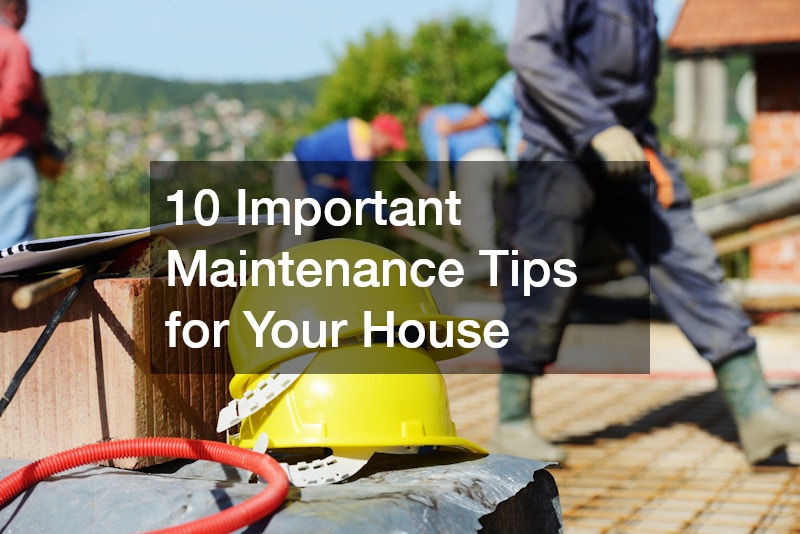What Does a DIY Home Energy System Look Like?

A DIY (Do-It-Yourself) energy system helps homeowners generate extra energy to augment that which your local utility company provides. It’s an all-encompassing activity involving energy production, management, monitoring, and storage. A DIY home energy system is essential to reduce the cost of energy use at home; it gives you more control over the energy supply and helps maintain an eco-friendly energy system. There’s no better way of demonstrating your care for the environment than adopting environmental energy generation practices that keep your carbon footprint at a minimum. This article covers what a home energy system should look like, considering the purpose of the home is to bring the family together.
1. Find Access to Tips and Methods

Like any project, do extensive research to establish the viability of purchasing and installing a DIY home energy system. There are numerous advantages to doing good research before embarking on such a project. You get a good idea of the options available, allowing you to do your best. You also get to know and probably even see the procedures involved in accomplishing the task, which prepares you psychologically so that you can allocate time for the project. Good research exposes you to the best commodity brands so you can choose durable equipment for your project. With this information, you can accurately budget your project since you’ve contacted all the relevant suppliers.
First, understand the best system for your situation. Solar energy may not be your best option if you live in an area with little to no sunlight for the better part of the year. In this case, go for alternatives like harnessing wind energy in a windy area or hydroelectric power generation if it suits the occasion. Find the best homeowner association websites and magazines and search for DIY home energy systems information. Local home associations are very resourceful in recommending homeowners who reside near you. They likely experience the same challenges and opportunities as you, so whatever they say about the topic may be helpful.
2. Make Spaces for Your Loved Ones
It’s crucial to design spaces within your home that are roomy and accessible. Don’t sacrifice the living spaces that your loved ones cherish in your quest to include a DIY home energy system. The best way to start your energy-saving quest is by reducing your current energy consumption. Install LED bulbs instead of the usual ones as they are energy-efficient and cost-effective, largely because they last a long time. Replace exterior security lighting with motion-sensitive lights; the light only goes on when needed. Replace the attic insulation to keep heat in during winter and prevent roof heat from radiating into living spaces in summer. If insulation is sporadic, thin, or infested, consider replacing or adding extra insulation.
Home care services allow you to access professional support for services, promoting home safety. Nursing is considered the most common home care service. Always consider the dependents in your home when making DIY home energy improvements. This is useful since you won’t compromise their current space besides the fact that you’d be reducing the risk of hazardous installations. These considerations also apply to the safety of caregivers attending to your loved ones at home. Also, consider the energy needs of your dependents and ensure the energy consumed during their care doesn’t compromise the home’s overall energy efficiency.
3. Invest in Outdoor Living

Outdoor living is one simple way to use good weather to conserve energy and boost your health. Your outdoor space can be useful, especially during the summer when household members can spend more time outside, thus reducing the energy use inside the house. Invest in outdoor amenities that keep people outdoors without needing anything from the house. These include outdoor fridges, a solar run grill, and appropriate lighting.
Find competent deck builders to build an outdoor deck where you and your loved ones can spend time. Outdoor spaces also provide extra space to install energy-producing gadgets like solar panels. Similarly, you can use nearby rivers and streams to install a hydroelectric DIY home energy system.
Your outdoor space significantly ensures your home is energy efficient. One of the obvious ways is by using the space to install DIY energy-producing equipment like solar panels and wind turbines. Sometimes, your outdoor space may need clearing to maximize energy efficiency.
Tree removal may be necessary as trees on a compound may obstruct installation processes. Trees can also have long drooping branches, which cast a shadow, blocking sunlight and heat from the windows, and reducing your energy efficiency. Tall trees may also interfere with power lines, causing interruptions and short circuits. You may not need to cut down the whole tree for this, but pruning will do.
4. Keep Your Home Smelling Fresh
Having an efficient DIY home energy system entails generating energy in a clean and environmentally friendly way. To be fully efficient, homeowners must carefully consider how they handle their waste. Mismanagement of waste is an eyesore; it leads to health risks and produces bad smells. You can avoid this by erecting an efficient DIY energy system that incorporates household waste management.
Waste itself can be a potent energy source for your home. Sewage waste can be directed through bio-digesters, where homeowners can harness biogas. Food waste from your kitchen mixer with the dried plant matter from around your compound can be used to make compost, which is good for your soil.
Home waste management may not be easy to handle, depending on where you live. You can manage this problem by hiring reliable garbage hauling services. These are companies specializing in urban garbage collection. You’ll benefit greatly from such companies as they provide efficient waste management at a relatively low cost. Also, because they’re dedicated to offering this service, they have the relevant local approvals for waste disposal in an acceptable and environmentally friendly manner. When you hire such companies, you’re assured that waste produced in your home is properly disposed of, reducing litter and clutter in the environment.
5. Invest in AC Maintenance to Keep Costs Down

The AC and HVAC systems are integral to the home energy system. Maintaining your AC and HVAC systems is one way to ensure efficient energy use around your house. Before installing a DIY home energy system, ensure your AC system is well-maintained to reduce the amount of energy it consumes on a normal day. AC maintenance also guarantees a longer life for your equipment.
Like any other mechanical equipment, AC and HVAC systems require routine checkups and maintenance to run as they should and last as long as possible. A good AC contractor includes cleaning your system, the benefits of which accrue to homeowners who enjoy clean, fresh air courtesy of your well-maintained AC system. The best practice is to shut off the power supply to the AC whenever it isn’t in use. This is a huge power saver.
The maintenance process is quite straightforward, and one can do it themselves. It’s a simple task that entails cleaning the AC system by removing accumulated dust, cleaning the coils and changing the air filter, lubricating the moving parts; conducting a system inspection; testing the system; then doing the documentation and giving recommendations. This can be daunting if you aren’t comfortable with machines or are afraid of messing things up.
But if you’re sure you can follow instructions, AC maintenance guides can show you how to do it yourself. If the AC is broken, or one of its components isn’t working, don’t attempt to fix it yourself. Instead, find a reputable company that does AC repairs and have one of their technicians come over to look at it.
6. Design an Energizing Space
Residential spaces provide rest and peace of mind after work. At the same time, the spaces in your home enhance your energy and freedom to think and act during the weekends or whenever you’re working from home or spending time with your family. This delicate mix isn’t easy to achieve.
Use this opportunity to incorporate energizing spaces with a DIY home energy system. An easy way to have both benefits is by using natural features. Sunlight is a therapeutic and energizing light source that can be intentionally distributed around the house to provide a charged environment. This saves energy consumption when the sun is up and provides a conducive environment to perform at its best.
If you’re building a new home or doing major renovations on your old one, hire skilled residential architects for appropriate designs that give your home the energy flow and vibe it needs. Studies have proven that the ambiance of working spaces positively or negatively affects employees’ productivity. The same could be said for residential spaces.
By working closely with your architect, you can develop energizing designs that transform your home into an eco-friendly environment that’s a joy to live in. Granted, you’ll need your home to reflect a different ambiance for every occasion, and your architect can help you achieve this by incorporating movable parts into your space, allowing you to transform a room in line with the demands of a specific function at a particular time.
7. Build From the Foundation Upward
Building from the foundation upwards can be taken literally or figuratively. In the literal sense, all buildings are built from the foundation up. Setting it up starts here if you wish to incorporate a DIY home energy system into your energy supply. Because most DIY energy systems use batteries to store energy, you’ll need a designated space in your home for storing the batteries. The best space for this is usually at the foundation level. Electrical conduits for distributing the generated power also need their space allocation along the foundation, so it’s necessary to have your DIY energy system plan ready to manage your space well.
Figuratively, building from the ground up means doing first things first. In this case, have your DIY home energy system plan in place; it’s part of the house construction plan and can guide the contractor on the equipment required for digging the foundation. Chances are you’ll need to hire excavation services to do the excavation as it’s faster, cleaner, and more accurate compared to other alternatives. Their services are vital on rocky terrain and places with many tree stumps. A building is as strong as its foundation, underscoring the importance of a solid foundation. It’s a task that’s best left to construction companies with a reputation for completing built-to-last projects. With energy conservation as your overriding goal, build your home from the foundation and implement environmentally friendly practices at every stage to make your home energy efficient.
8. Use Affordable Energy Sources
The perfect DIY home energy system usually harnesses naturally-occurring energy sources, including wind, water, and solar. Choose the energy source that works best for you, depending on your resources or resourcefulness. All three are highly affordable, and given the right conditions, they all generate equal energy. So, choose between wind, water, and solar energy and keep the environment sustainable. You can install all or any of these energy sources using locally available materials. When done right, their power output can significantly increase the power supply to your home.
Propane is a highly efficient fuel used for cooking, powering fuel generators, and heating hot water systems. It’s an affordable alternative to your DIY home energy system at a time when the available power supply isn’t reliable. Incorporate propane into your home energy system as a compatible replacement at a relatively low cost. Besides, propane deliveries are made throughout the country, and you won’t have to worry about their quality as it’s guaranteed.
Getting your energy from a local utility supplier is not a bad idea. However, having an alternative energy supply to your home at a relatively low cost reduces the demands on your regular power supplier. Employing energy-saving measures in and around your home also means you have a cleaner, greener energy supply. A DIY home energy system is an independent, eco-friendly way to power your home. It’s a great way to show your appreciation of the environment and reduce your carbon footprint.





















Post Comment